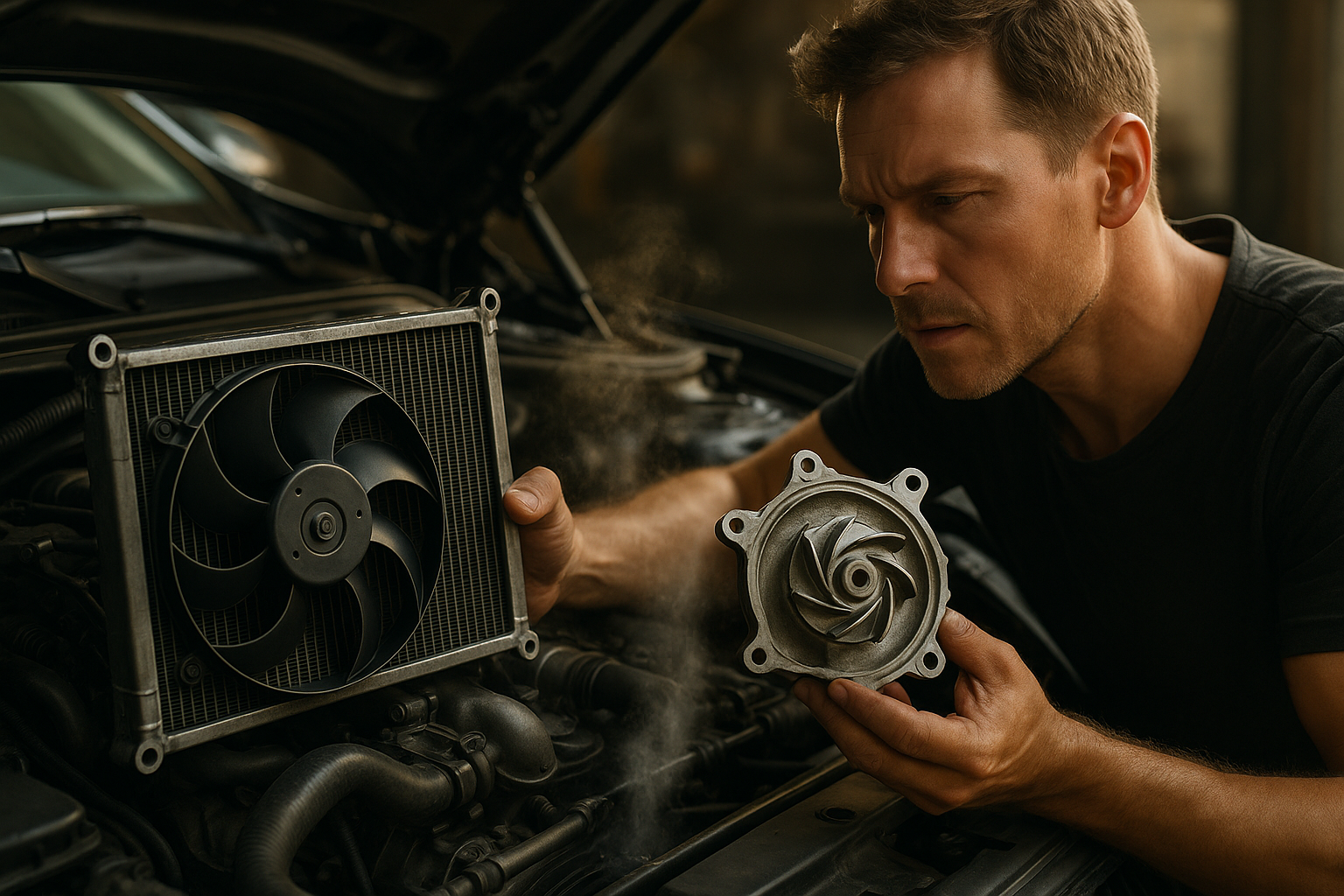Choosing the Right Polishing Technique for Clearcoat Damage
Clearcoat scratches can be deceptive: some appear deep but only affect the clear layer, while others penetrate into color or primer. Choosing the right polishing technique preserves paintwork, limits oxidation, and reduces the need for touchup or filler. This article outlines inspection, preparation, polishing, and when to escalate repairs.

How to inspect paintwork and surface damage
Begin by washing the area to remove dirt and contaminants that can hide defects. Use good lighting or sunlight and a handheld inspection light to reveal shallow scratches or swirl marks. Run a fingernail gently across the mark: if it catches, the damage may extend below the clearcoat. Check for discoloration or dulling that can indicate oxidation rather than a physical scratch. Document what you see so you can decide on a conservative polishing approach or whether further repair is required.
When is a scratch limited to the clearcoat?
Scratches limited to the clearcoat often look white or lighter than the surrounding paint because the clear layer has been scuffed, not the pigmented basecoat. If a fingernail does not catch and the mark disappears when lubricated with water, it is likely superficial. Deep scratches that reveal color or primer require filler or touchup paint, while clearcoat-only scratches are typically candidates for polishing or compound work. Proper inspection helps avoid overworking the surface and thinning the clearcoat.
Polishing vs buffing: what’s the difference?
Polishing refers to using a polish or fine abrasive compound to refine the surface and remove light defects; buffing usually describes the mechanical action of a rotary or dual-action machine driving pads to speed up polishing. Polishing can be done by hand for small areas, but machines provide more consistent pressure and heat which influence results. Choose a polishing compound matched to the defect severity, and use machines only with proper technique to avoid introducing holograms or burning through the clearcoat.
Choosing abrasive and compound levels
Abrasive choice follows a progression from coarse to fine—aggressive compounds remove deeper marks but remove more clearcoat. Start with the least aggressive option that is effective: a medium cut compound with a proper pad often corrects moderate scratches, while finishing polish restores gloss. Use abrasive pads designed for automotive paint and microfiber finishing pads for delicate surfaces. Test in a small, inconspicuous spot and observe the results before treating larger areas to protect the clearcoat thickness.
Filler and touchup for deeper damage
When inspection shows that a scratch reaches the basecoat or primer, mechanical polishing will not restore the finish. In those cases, controlled use of touchup paint and small amounts of filler or clearcoat respray may be necessary. Touchup requires surface cleaning, primer where metal is exposed, color-matched paint, and a clearcoat layer to seal the repair. Accept that these repairs may be visible at close range; professional bodywork is often recommended for large or complex damage to match the surrounding paintwork.
Preparation and microfiber in detailing
Preparation is critical: decontaminate the surface with clay or chemical cleaners, dry thoroughly, and mask adjacent trim to avoid accidental polishing marks. Microfiber towels and pads reduce the risk of marring during wiping and buffing; use clean towels for each stage to avoid transferring compound. Address any oxidation with suitable cleaners before polishing, as oxidation can prevent compounds from achieving uniform contact. Proper preparation and the right microfiber tools contribute to consistent results and protect the finish.
Conclusion Selecting the right polishing technique for clearcoat damage depends on accurate inspection, conservative testing, and a stepwise approach using appropriate abrasives and pads. Surface-level scratches and oxidation often respond to careful polishing and the correct compounds, while deeper damage needs filler, touchup, or professional attention. Taking time for preparation and using microfiber and proper pads helps preserve paintwork and extend the life of the clearcoat.






